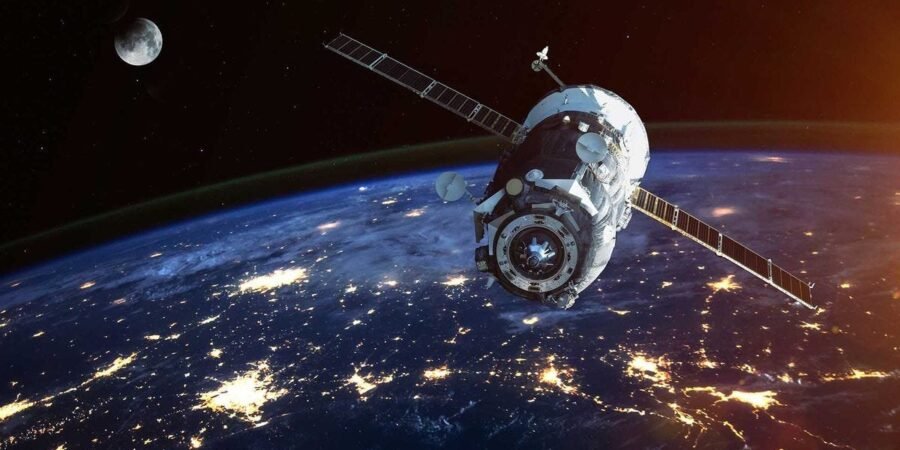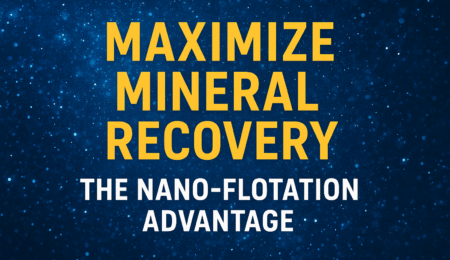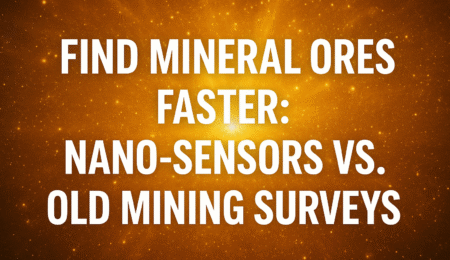How Geospatial Technology is Transforming Nigeria’s Mining Industry
Nigeria, a nation blessed with abundant natural resources, has long recognized the immense potential of its mineral wealth. However, unlocking this potential requires more than just digging here and there. Enter geospatial technology, a game-changer that is revolutionizing the Nigerian mining industry, from exploration and extraction to sustainability and community development.
Three Ways Geospatial Technology is Transforming the Nigerian Mining Landscape
- From Guesswork to Precision: Redefining Exploration
Gone are the days of hit-or-miss exploration methods. Geospatial technology, armed with a powerful arsenal of tools like satellite imagery, LiDAR, and advanced geophysical surveys, is providing Nigerian miners with a clearer picture of what lies beneath the surface.
- Satellite imagery: High-resolution satellite images reveal subtle geological features, aiding in identifying potential mineral-rich zones.
- LiDAR: This technology uses lasers to create detailed 3D maps of the terrain, uncovering hidden mineral deposits and providing crucial insights for mine planning.
- Geophysical surveys: Techniques like seismic and magnetic surveys help map the subsurface, pinpointing mineral deposits with greater accuracy.
These advancements have significantly reduced exploration costs and risks, making it easier to discover new deposits and optimize existing mines in Nigeria. Imagine the excitement of a prospector using satellite imagery to identify a previously unknown gold vein or a geologist confidently planning a tantalite mine based on a precise 3D model of the ore body.
2. Beyond Discovery: Optimizing Extraction
Geospatial technology isn’t just about finding minerals; it’s about extracting them efficiently and responsibly.
- Mine planning and optimization: 3D modeling software like GIS helps design and optimize mine layouts, minimizing waste and maximizing resource extraction.
- Precision drilling and blasting: GPS-guided drilling rigs ensure accuracy, reducing collateral damage and improving safety.
- Real-time monitoring: Sensors and drones track stockpiles, monitor environmental impact, and even detect illegal mining activities.
These applications translate to significant cost savings, improved safety for miners, and a reduced environmental footprint from mining activities in Nigeria. Imagine a mine operating like a well-oiled machine, where every step, from blasting to transportation, is precisely coordinated thanks to the power of geospatial data.
3. Building a Sustainable Future: Seeds of Prosperity, Sown Today for Tomorrow
The Nigerian mining industry has a responsibility to ensure its activities are not at the cost of future generations. Geospatial technology plays a crucial role in promoting sustainable practices:
- Land reclamation and rehabilitation: 3D models and satellite imagery track the progress of land reclamation efforts, ensuring mined areas are restored to their former glory.
- Environmental impact assessment: Geospatial data helps assess the environmental impact of mining projects, allowing for mitigation strategies and informed decision-making.
- Community engagement: Mapping tools can involve local communities in the planning and decision-making processes related to mining projects, fostering transparency and trust.
By embracing geospatial technology, the Nigerian mining industry can move towards a future where mineral wealth translates to not just economic prosperity but also environmental responsibility and community well-being. Imagine lush vegetation reclaiming mined landscapes, local communities empowered through participation, and a mining industry that operates in harmony with the environment.

The Road Ahead: Embracing the Geospatial Revolution
The Nigerian mining industry stands at a pivotal juncture. By embracing geospatial technology, it can unlock its true potential, driving economic growth, creating jobs, and fostering sustainable development. The government, private sector, and academic institutions must work together to:
- Invest in infrastructure and training: Building a robust geospatial infrastructure and training skilled professionals are crucial for harnessing the full potential of this technology.
- Promote collaboration and data sharing: Fostering collaboration between stakeholders and promoting data sharing will accelerate innovation and knowledge transfer.
- Develop clear regulations and policies: Establishing clear regulations and policies will ensure the responsible and ethical use of geospatial technology in the mining sector.
Nigeria has the resources, and the talent; and now, with geospatial technology as its compass, it has the tools to navigate towards a brighter future, where mineral wealth translates to economic diversification and prosperity for all.
Share your thoughts! How do you think geospatial technology can further transform the Nigerian mining industry? Let’s start a conversation in the comments below.
Remember to share this blog post on your social media platforms to spread the word about the transformative power of geospatial technology in Nigeria’s mining sector!
READ Also:
Need a Mining License or Mineral Trade Permit in Nigeria? Here’s How We Can Help





Leave a Reply